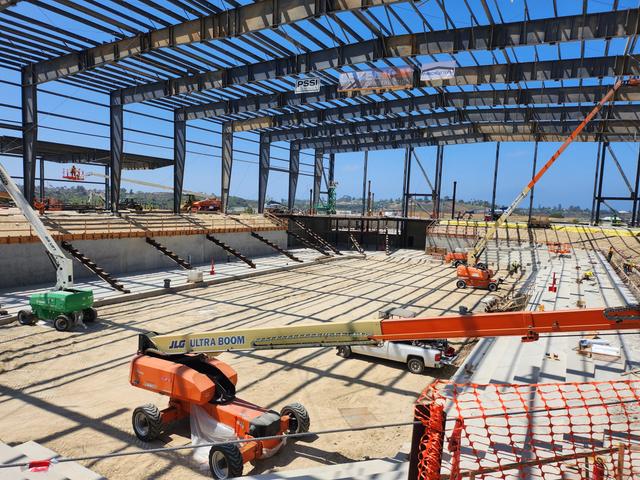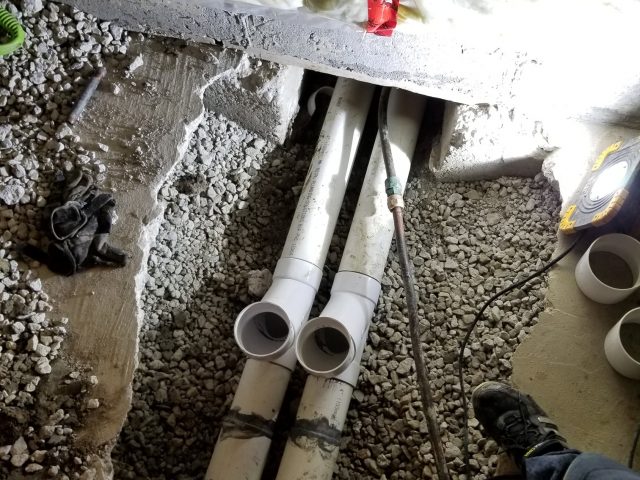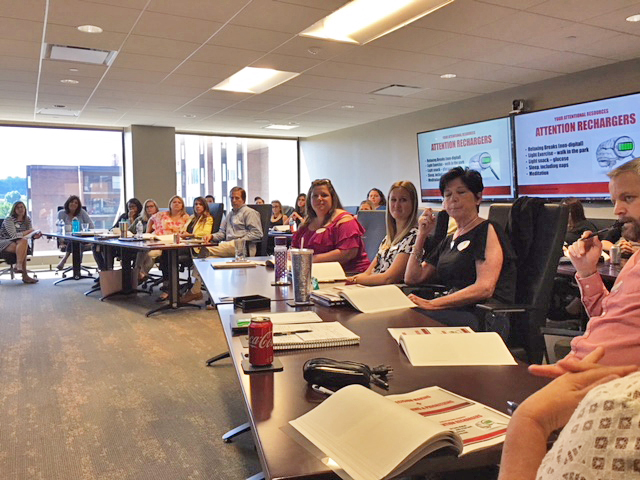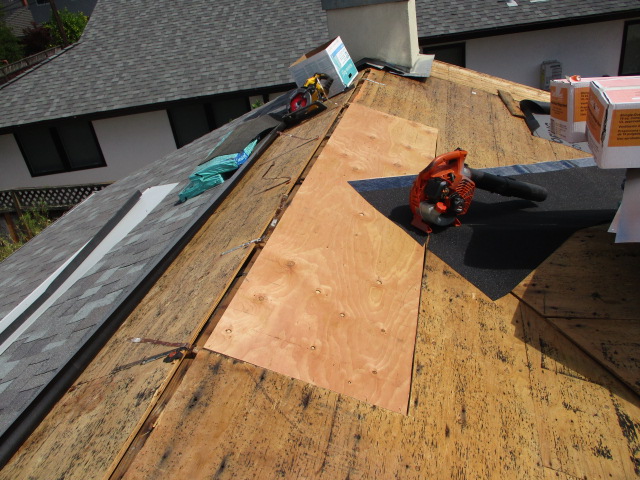If someone told you a few years ago that artificial intelligence would soon be showing up on construction sites wearing a metaphorical hard hat, you might’ve laughed. Construction has long been one of those industries that felt immune to Silicon Valley buzzwords. It’s hands-on, it’s physical, it’s… gritty. But fast forward to today, and AI isn’t just knocking at the construction industry’s door—it’s already inside, blueprint in hand, reshaping how projects are planned, executed, and maintained.
Let’s dig into how AI is transforming the construction industry, one algorithm at a time.
1. Predicting the Unpredictable: Smarter Planning
Traditionally, construction projects are notorious for running behind schedule or blowing past budget limits. It’s not always because of mismanagement—weather delays, labor shortages, material price swings, and even regulatory red tape can derail the best-laid plans.
AI steps in with its superpower: prediction. By analyzing historical data from thousands of past projects—things like timelines, budgets, workforce efficiency, and regional challenges—AI can forecast potential bottlenecks before they happen. Think of it as having a project manager who’s seen every possible mistake in the book and knows how to sidestep them before they mess with your bottom line.
Even industry publications like CCR-Mag.com have begun spotlighting AI-driven solutions as a growing force in reshaping pre-construction strategies. Companies like ALICE Technologies are using AI to simulate millions of project scenarios, helping planners choose the most efficient path forward. You’re no longer just estimating—you’re strategizing with data-backed confidence.
2. Construction Sites Go High-Tech
Walk onto a modern construction site today, and you might notice drones buzzing overhead, robots laying bricks, or autonomous bulldozers prepping a site. AI is often behind the scenes, powering these tools.
For instance, drones equipped with AI image recognition can perform site inspections far faster (and safer) than a human. They can detect structural flaws, compare progress against 3D models, and even check for safety violations—all in real-time.
Meanwhile, companies like Built Robotics are using AI to convert heavy equipment into self-operating machines. Think bulldozers and excavators that don’t need a driver. These machines aren’t just blindly digging—they’re constantly analyzing their environment and adjusting their movements accordingly.
This doesn’t mean we’re eliminating the human workforce. Far from it. It means skilled workers can focus on high-value tasks while machines handle the repetitive, dangerous, or precision-driven work.
3. Safety First, Thanks to AI
Construction is still one of the most dangerous professions in the world. Falls, equipment accidents, and human error are daily risks. AI is stepping in to make job sites safer, and it’s doing it in some pretty clever ways.
AI-powered cameras can now monitor job sites in real time, spotting potential safety hazards before an accident occurs. Maybe a worker isn’t wearing their helmet, or someone’s wandered into a restricted zone. The AI doesn’t just log this—it can alert supervisors instantly.
Some systems even use predictive analytics to flag workers at higher risk of injury based on fatigue patterns, past behavior, or environmental conditions. It’s like having a hyper-vigilant safety officer on duty 24/7.
4. Design Gets a Brain Boost
Architecture and engineering have always leaned on software, but AI is taking things to the next level with what’s called generative design. It’s a fancy term for something pretty cool: feeding an AI your goals (like budget, materials, space usage), and letting it come up with thousands of viable building designs in minutes.
Instead of spending weeks tweaking a model, designers can now sift through AI-generated options, choosing the most innovative or efficient ones to refine further. Autodesk’s generative design tools, for example, have already been used in commercial buildings, factories, and even bridges.
This process can also optimize for things humans might miss—like airflow patterns, heat efficiency, or material sustainability. It’s not just faster design, it’s smarter design.
5. Supply Chain Sorcery
If you’ve worked in construction, you know the supply chain can make or break a project. One delayed shipment of steel beams can halt an entire build. AI is bringing clarity to this historically murky process.
Using real-time data, AI can forecast material demand, optimize order timing, and flag suppliers who are likely to cause delays. It can even re-route deliveries dynamically if traffic, weather, or warehouse issues arise.
Some firms are integrating AI with blockchain to make supply chains even more transparent. You know exactly where every piece of material is, where it came from, and when it’ll arrive. That level of visibility is something construction teams used to only dream about.
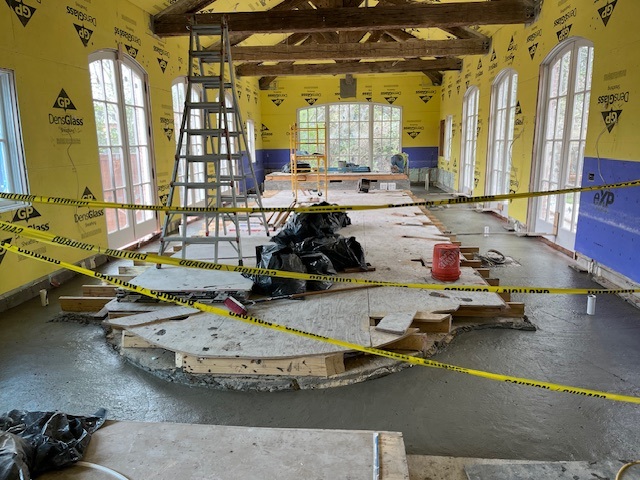
6. Post-Construction: The Smart Building Era
The influence of AI doesn’t stop once the last brick is laid. In fact, for the buildings themselves, it’s just getting started.
Smart buildings now use AI to monitor energy usage, anticipate maintenance needs, and even improve occupant comfort. If a building’s HVAC system is working too hard, AI can tweak it automatically. If a leak is detected in a pipe, AI sensors can flag it before it becomes a flood.
Some systems can even “learn” how people use a space and make adjustments accordingly—like turning lights off in unused rooms or adjusting temperatures based on usage patterns.
This leads to lower operating costs, happier tenants, and longer-lasting infrastructure. It’s like your building becomes a living, learning organism.
7. Human Skills Still Matter
There’s a misconception floating around that AI in construction means replacing people with machines. But most experts agree: the human touch isn’t going anywhere.
Instead, AI is changing how humans work.
Project managers are becoming data interpreters. Site workers are learning to work alongside robots and drones. Architects and engineers are spending less time on grunt work and more time innovating. The roles are evolving—but the people are still essential.
And let’s not forget—construction is one of the few industries where local expertise, weather intuition, and hands-on experience still reign supreme. AI is a tool, not a takeover.
Final Thoughts
The construction industry isn’t just catching up with the digital age—it’s quietly becoming one of its most exciting frontiers. From automated bulldozers to AI-driven designs, the tools being used today would’ve sounded like science fiction a decade ago.
Yes, there are challenges: cost of adoption, training, and making sure we don’t lose that human element. But the direction is clear—AI is helping us build faster, safer, and smarter.
So next time you walk past a construction site, don’t just look for hard hats and steel beams. Look for the algorithms quietly doing their part in the background. The future of construction isn’t just concrete and rebar anymore. It’s code, too.


